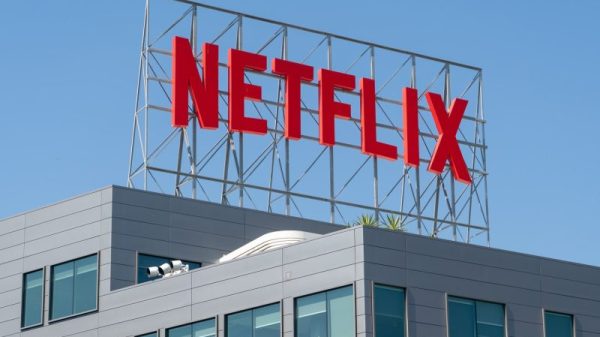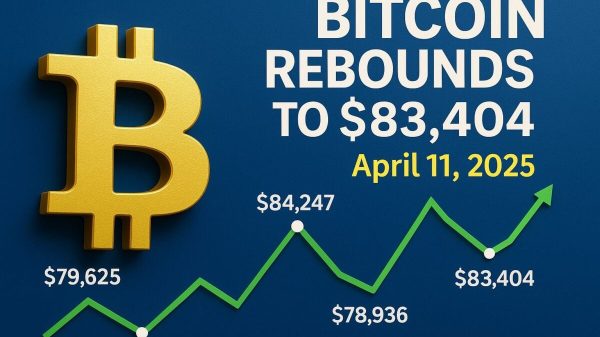One of the recurring rebuttals to Donald Trump’s endless claims that the 2020 election was stolen was that — contrary to his insinuations — swing-state cities were not hotbeds of voter fraud. In fact, they often supported Joe Biden at smaller margins than they had Hillary Clinton four years before.
That change in some of the most racially diverse places in the country, combined with the shift in heavily Hispanic parts of the country to Trump, were early hints that the conventional wisdom about race and party was being undercut. In the years since, we’ve seen more evidence that Black and Hispanic Americans in particular are less hostile to the Republican Party and Trump than they used to be.
The question, then, is how much less? And — specifically for Democrats looking toward November — how alarming is that shift for Biden’s reelection campaign?
Last month, Gallup released data showing how the two-party margin between Black and Hispanic Americans had shifted dramatically since 2020. In 2020, Black Americans were 66 points more likely to identify as Democrats than Republicans and Hispanic Americans were 28 points more likely to do so.
Last year, those numbers were 47 points and 12 points, respectively. That’s a shift to the right of 19 points among Black Americans and 16 points among Hispanics.
On Monday, the Financial Times’s John Burn-Murdoch published an assessment that looked at this phenomenon more closely. Among the patterns he noted was that Black Americans who identify as ideologically conservative — a group that used to vote Democratic anyway — had shifted in recent years to vote more heavily Republican.
But just look at the realignment since then:
Latino conservatives are now a very solidly Republican group, and Black conservatives favoured Republicans over Democrats for the first time in 2022.
All groups are increasingly matching vote choice to ideology. pic.twitter.com/7YSmmBdwm1
— John Burn-Murdoch (@jburnmurdoch) March 11, 2024
Looking at the Cooperative Election Study, he found that since 2012, Black conservatives went from mostly supporting Democrats to being more likely to support Republicans.
That’s true. But there are some important caveats. Among them: Black Americans are less likely to identify as conservative than other groups.
Below, you can see the same data that Burn-Murdoch was considering, broken out by ideology (in columns) and year. Each dot is scaled to the percentage of the racial group that year that identified with each ideological grouping. So you can see, in the top right graph, that very, very few Asian Americans identify as very conservative, for example.
Notice that the row representing Black Americans is more heavily weighted to liberal-moderate than other groups and that those groups have shifted to the left (or, as presented on these charts, down). That’s true among other racial groups, too: Yes, conservatives within those groups moved right, but liberals moved left.
Notice, too, that the percentage of each group that identifies as “moderate” has dropped since 2016. There’s more ideological sorting represented here and sharper partisan identification across the groups.
What the chart above suggests is that one reason Black Americans have collectively become more likely to identify as Republican is that there wasn’t much more movement to the left that could occur among moderates and liberals!
Burn-Murdoch points to the fact that younger Black Americans — like younger Americans overall — are more likely to identify as independents than as partisans. This is true. He suggests that part of the shift is that younger Black Americans didn’t live through the civil rights era, during which much of the loyalty of Black Americans to the Democratic Party emerged. But there are other understood factors, too, like that younger Black Americans are less likely to attend church, which — thanks to a concomitant decline in social pressure — correlates to political independence.
Burn-Murdoch also presents charts showing how the shift to the right seen in polling is continuing this year, adding recent polling on the 2024 general election to past polling in presidential contests. That’s a bit more fraught. First, the election hasn’t yet occurred, so it’s premature to make assumptions about what voting preferences will be after before both candidates have run real campaigns. Second, there’s evidence to suggest that younger Americans are skeptical of Biden specifically, more so than the Democratic Party in general or left-wing politics. If so, it may not be useful to make assumptions based on the Trump-Biden rematch.
The CES shows a bigger gap between Black men and women than is seen among other racial groups. That’s particularly true among Black self-identified conservatives.
This is probably in part because this is such a small group in terms of raw numbers, meaning that margins of error will be higher.
Again, there’s no question that a shift has occurred and probably is still occurring. But unlike among Hispanic Americans, moderate Black Americans haven’t moved to the right. It is, as Burn-Murdoch writes, a phenomenon of Black conservatives shifting their voting preference to match their ideology.
Luckily for Democrats, there still aren’t many Black conservatives.


































